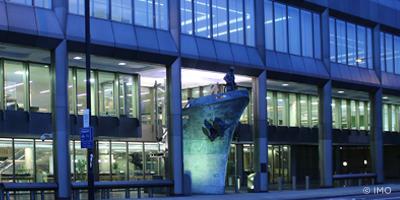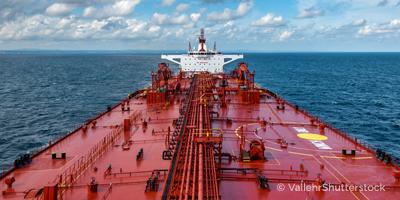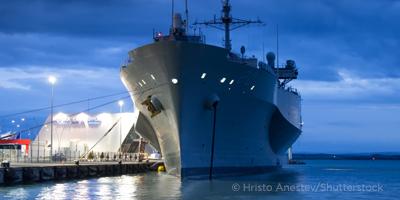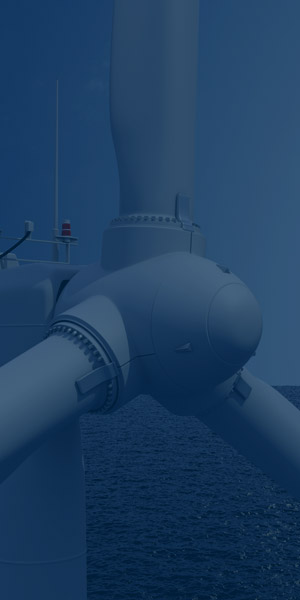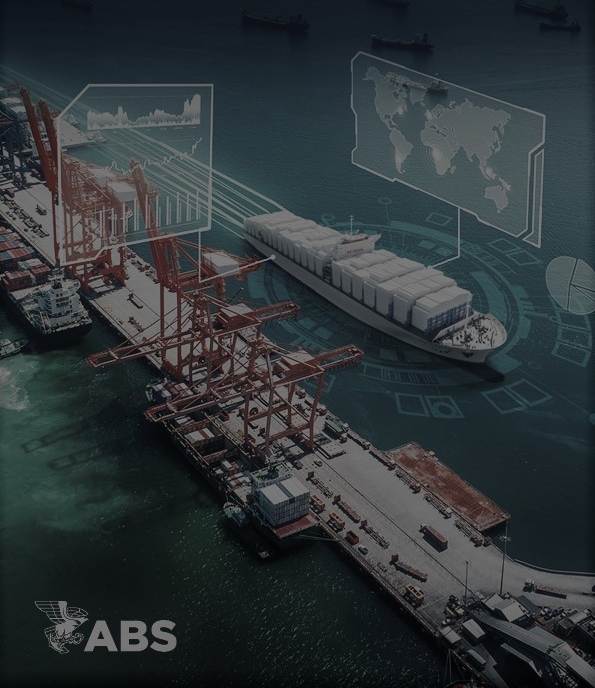Quick Links
- Rules and Resources
-
Services
Quick Links
Offshore- Production
- Offshore Support Vessels
- Exploration
- Offshore Wind Projects
- Offshore Wind Vessels
- Subsea Solutions
- Offshore Sustainability
- Offshore Space Support
- Floating Production Storage and Offloading (FPSOs)
- Offshore Energy Production
- Offshore Aquaculture
- Subsea Mining
- Novel Concepts and New Technologies
- Offshore Decommissioning
Sustainability and Decarbonization- Energy Efficiency Existing Ship Index (EEXI)
- Sustainability Reporting and Assurance
- Simulation-based Energy Efficiency Evaluation Service (SIM EEE)
- Greenhouse Gas (GHG) Rating Improvement
- Greenhouse Gas Inventory and Carbon Accounting
- Carbon Capture, Utilization, and Storage (CCUS)
- Alternative Fuel Options
- Alternative Power Sources
- Marine Sustainability
- Offshore Sustainability
- Green Shipping Corridors
- Methanol Value Chain
- Gas
- Carbon Intensity Indicator (CII)
- Ammonia Value Chain
- Carbon Diligence Platform
- Innovation and Technology
-
News and Events
Quick Links
-
About
Quick Links
- Rules and Resources
- Services
- Innovation and Technology
- News and Events
- About Us and Careers
- Rules and Resources
- Rules and Guides
- Regulatory Updates
- Advisories and Debriefs
- Flag and Port State
- Engineering Software / License
- Engineering Reviews
- ABS MyFreedom™ Portal
- Databases
- Forms
- Services
- Classification
- Approval and Certification
- Company and Ship Audits
- Global Marine
- Global Offshore
- Global Government
- Sustainability and Decarbonization
- Digital Solutions
- Cybersecurity
- Maritime Training
- Innovation and Technology
- Technology Advancement
- Academic Engagement
- Industry Partnerships
- Data and Digitalization
- Knowledge Center
- About Us and Careers
- Who We Are
- Safety
- Careers
- Contact Us
ABS Releases Industry-Leading Guidance for Container Ships
(Houston) ABS, a leading provider of classification and technical services to the global marine and offshore industries, has released two new tools specifically focused on assisting the Container Ship sector with pressing operational challenges. The Guide for Certification of Container Securing Systems (Container Securing Guide), along with its companion software, and the Guide for Fire-Fighting Systems for On-Deck Cargo Areas of Container Carriers (FOC Guide) each represent significant contributions to safety for the sector.
“In today’s operating environment, container ship owners must improve performance while maintaining reliability and safety,” says ABS Vice President for Container Ships Matt Tremblay. “These cutting-edge tools provide industry leading guidance that optimizes operational capacity and enhances safety for container ships.”
As container ships become larger, stack weights increase, and new lashing systems are designed, container ship owners and operators are facing increased challenges to optimize the cargo securing systems on their vessels. To help address this concern ABS has updated the Container Securing Guide to address new procedures for twist lock testing. By year’s end, the Guide will introduce significant changes in on-deck container stack load analysis and lashing bridge design load calculations, introducing extensive and dynamic, non-linear methodology to on-deck container stack load analysis to more accurately determine container carrying capabilities.
To facilitate efficient application of the significant updates to the Container Securing Guide, ABS has developed a state-of-the-art software tool known as C-LASH. The tool provides full non-linear direct calculations for load analysis of on-deck container stacks. This proprietary software will allow operators and designers to better understand the impact of twist lock clearance and lashings to help optimize cargo capacity safely and efficiently.
The International Maritime Organization requirements for additional container deck firefighting capabilities went into effect in January of this year. Based on experience gained in applying the FOC Guide released in 2013 along with various fire modeling efforts carried out since that time, ABS has updated its FOC Guide to provide arrangements that comply with the new regulations as well as enhancements and clarifications to the basic IMO regulations. The enhanced FOC notation provides additional arrangements that substantially improve capabilities for fighting fires on deck in cargo areas of Container Carriers.
In addition to the new Guides and software, ABS also recently published a case study on the application of its technical evaluation services to a next-generation neo-feeder container ship concept. The case study can be downloaded by visiting the ABS website.
For more than 50 years, ABS has been a trusted technical advisor for the container ship sector. From the very first container ship in operation to today’s most advanced ships, no other class organization has the track record of aiding the container ship sector in identifying and leveraging new concepts to improve operations, protect the environment and enhance safety.
About ABS
Founded in 1862, ABS is a leading international classification organization devoted to promoting the security of life and property and preserving the natural environment through the development and verification of standards for the design, construction and operational maintenance of marine and offshore assets.

© 2024 American Bureau of Shipping. All rights reserved.





